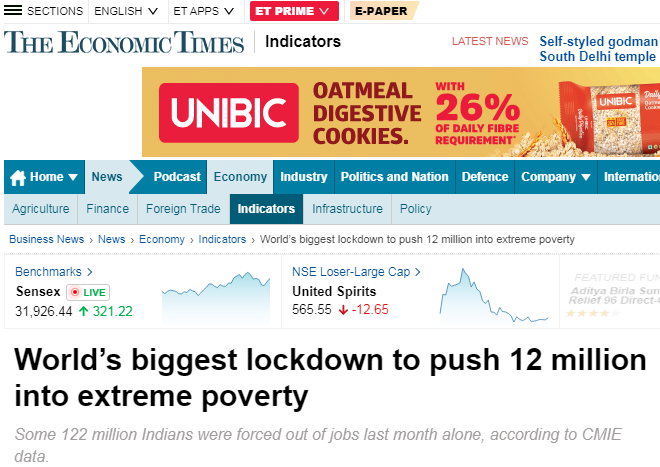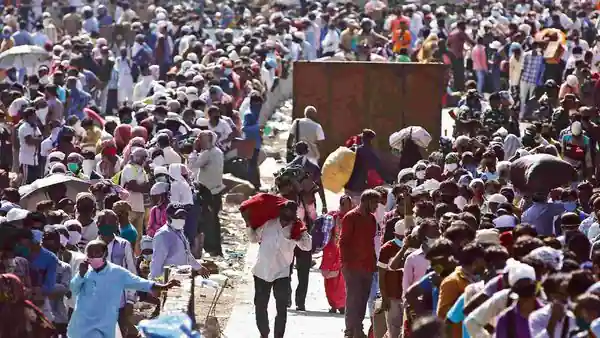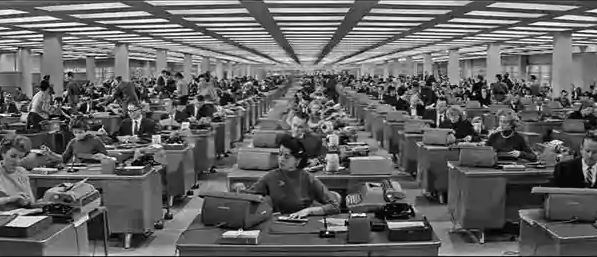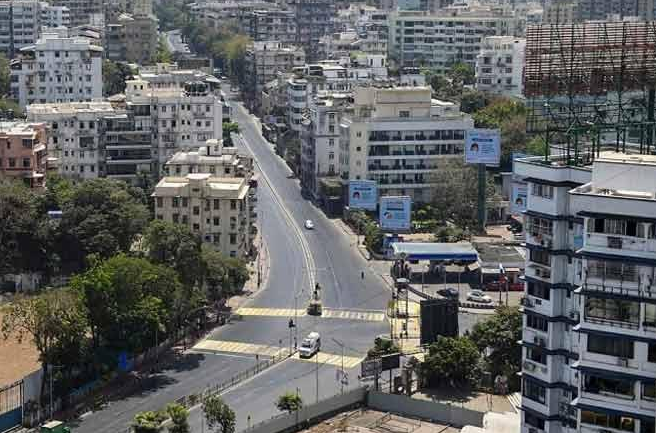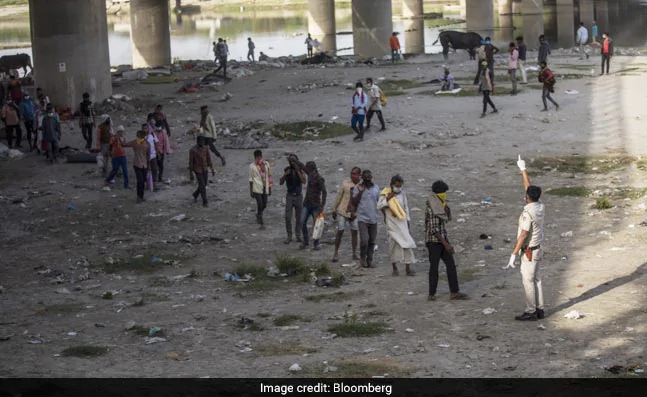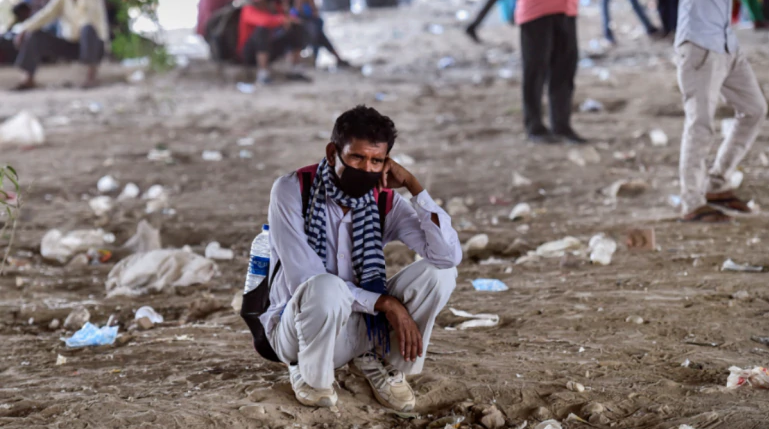India’s economy was already growing at its slowest pace in over a decade when the virus struck. The lockdown, which came into effect on March 25, has hammered it, stalling business activity and putting a lid on consumption, pushing the economy to what may be its first full-year contraction in more than four decades.
An exodus of migrant workers to their village homes has triggered a new wave of infections in places that have been relatively untouched by the coronavirus until now.
With states allowing companies to open their offices to a limited number of staff, returning employees are finding that the office has changed. Many are mourning the loss of casual chats and catch-ups with colleagues as social distancing is part of the rules to prevent the spread of the coronavirus.
For Prime Minister Narendra Modi, who came to power in 2014 promising to lift India’s poorest citizens out of poverty, the fallout from the lockdown brings with it significant political risk.
The World Bank and the CMIE estimates were published in late April and early May respectively. Since then the situation in India has only become grimmer, with harrowing images of people making desperate attempts to reach their villages, on crowded buses, the flatbeds of trucks and even on foot or on bicycles dominating media coverage.
At least 49 million people across the world are expected to plunge into “extreme poverty” — those living on less than $1.90 per day — as a direct result of the pandemic’s economic destruction and India leads that projection, with the World Bank estimating some 12 million of its citizens will be pushed to the […]
A Bloomberg report quoting Ashwajit Singh, managing director of IPE Global, suggests that the percentage of poverty-stricken people in the country could rise from 60 per cent to 68 per cent.




